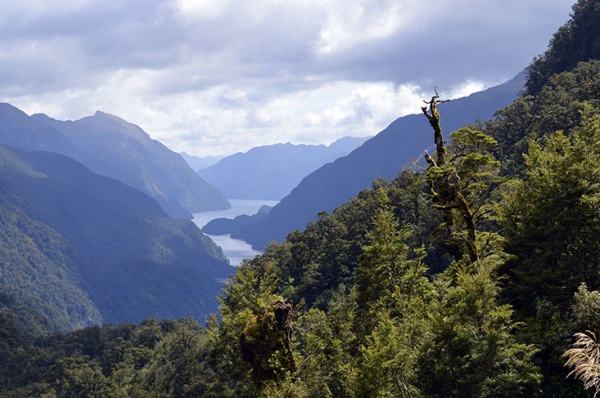If you’re worried about escalating human-induced climate change, consider adding fjords to your thank-you list during this season of gratitude.
Fjords are long, deep arms of the sea carved by glaciers that are surrounded by breathtaking cliffs. More than just a pretty face on the planet, fjords comprise a mere 0.1% of the surface area of the ocean yet store a whopping 11-12% of the carbon stored in the ocean. In other words, they sock away 18 million tons of carbon during interglacial periods, like the one we’re in now, even though they take up the space equivalent of a speck of zest on an orange.
“Fjords punch far above their weight in their ability to pull out a lot of carbon from the atmosphere and store it in the mud,” said Brad Rosenheim, geological oceanography professor and paleoclimate expert at the USF College of Marine Science, who explained that scientists only learned of this small-but-mighty role recently. In 2015, an ocean geochemist and professor at the University of Florida, Thomas Bianchi, pioneered a Nature Geosciences study, with his graduate student at the time, Richard Smith (now at Global Aquatic Research LLC), that first opened scientists’ eyes to the powerful role that fjords play in global carbon storage, he said.
Read more at University of South Florida
Image: Doubtful Sound, New Zealand, which Dr. Xingqian Cui visited in 2016, was apparently so-named because its discoverer, Captain James Cook, decided if he and the crew ventured into the fjord during a voyage in 1770, it would be “doubtful” that they would be able to sail back out of the fjord against the westerly wind. (Credit: University of South Florida)


